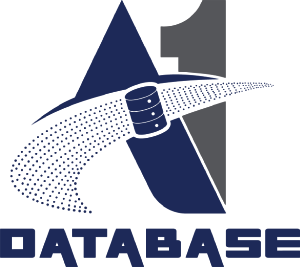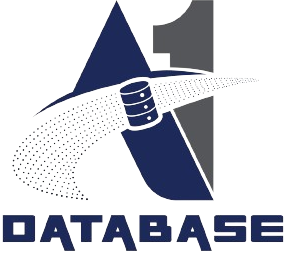- December 8, 2024
- by Admin
- Data Extraction
Envision a situation in which you function as a banking entity tasked with processing mortgage applications for individuals seeking to purchase homes. Legal obligations necessitate the execution of KYC and AML procedures, which include scrutinizing the income sources of the applicants. To comply with these requirements, applicants must submit an array of documentation, including bank statements, identity verification documents, and evidence of income. This information is essential for integration into your database or decision-making framework.
Data is frequently unstructured, necessitating manual processing and extraction. A designated individual or team member must verify the submission of documents, extract the necessary information, and upload it to a particular platform. This method is not only time-consuming but also laborious, prone to errors, and inefficient. Additionally, manual extraction of documents is often inaccurate and presents challenges in terms of scalability.
Conversely, the integration of automation can help organizations largely evade many of these issues, promoting enhanced accuracy and efficiency in their operations. For instance, the use of AI-driven data extraction software allows for processes that are not only faster and more efficient but also more accurate and secure, thereby supporting businesses in fulfilling regulatory requirements and protecting their organizations.
Types of Data Extraction
There are two primary techniques for data extraction: logical extraction and physical extraction. Let us explore each of these methods in detail.
Logical Extraction
Logical data extraction utilizes querying and reporting tools, as well as SQL queries, to effectively obtain specific data from databases. In instances where websites do not provide direct APIs, web scraping and HTML parsing are utilized to gather usable data for analysis without altering the original source.
Logical extraction can be further divided into two categories:
- Full extraction: This method retrieves all available data simultaneously, often employed for initial data extraction and loading purposes.
- Incremental extraction: This approach captures modifications in the source data since the last successful extraction, focusing solely on the updated information.
Physical Extraction
Physical extraction refers to a data extraction technique that is employed when logical extraction is not feasible.
This method can be classified into two primary types: online and offline extraction.
- Online extraction: This involves a direct connection between the source system and the final archive, resulting in extracted data that is more structured than the original source data.
- Offline extraction: In this process, data extraction occurs outside of the source system. The data may be structured independently or organized through specific extraction routines.
Methods for Automating Data Extraction
What types of document data extraction methods can facilitate the automation of this process? These methods are typically classified into three categories, each serving distinct purposes and functions.
- Batch processing tools: These tools are particularly advantageous for organizations that need to migrate substantial amounts of data from legacy systems. They streamline the management of outdated in-office data, although they may encounter challenges when handling real-time processing of more intricate data sources.
- Open-source tools: These software solutions provide access to their source code, allowing users to inspect, modify, and distribute them freely. This option is particularly beneficial for companies with technical expertise that can tailor extraction solutions to meet specific requirements.
- Cloud-based tools: Renowned for their capacity to efficiently and reliably extract large volumes of data, these tools often include advanced document processing features. They are especially useful for organizations dealing with various document formats or multilingual sources.
In summary, cloud-based intelligent data extraction methods are distinguished by their exceptional scalability and integration capabilities. Nevertheless, each category of data extraction tools offers unique benefits, enabling organizations to select the most appropriate solution for their needs.

